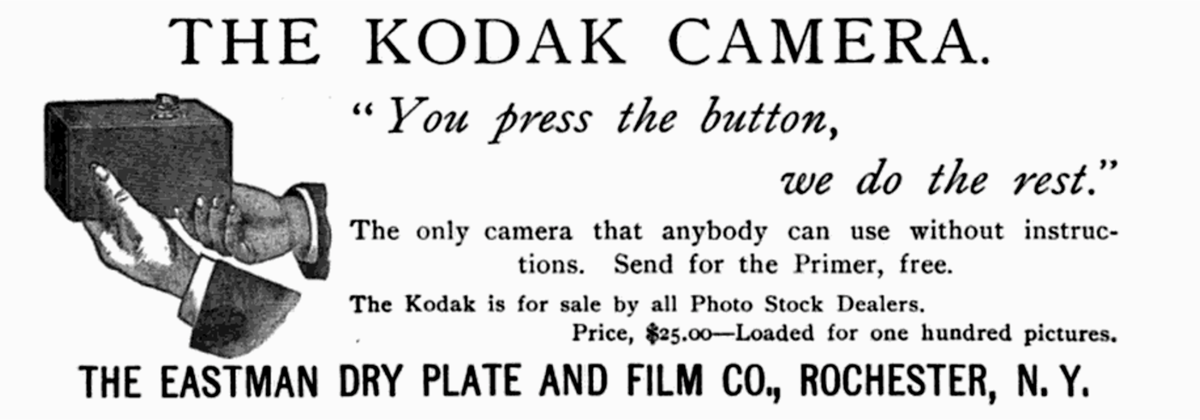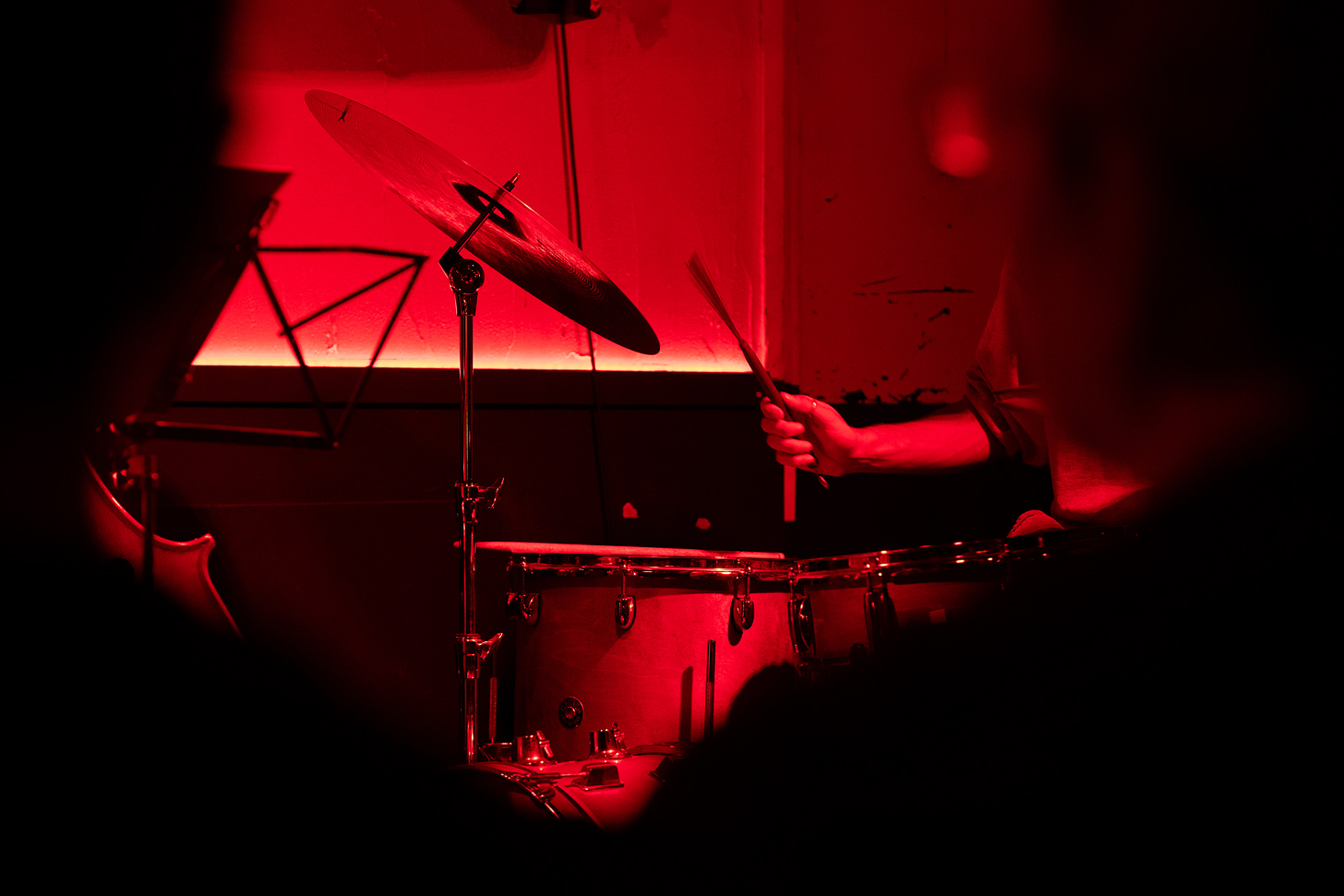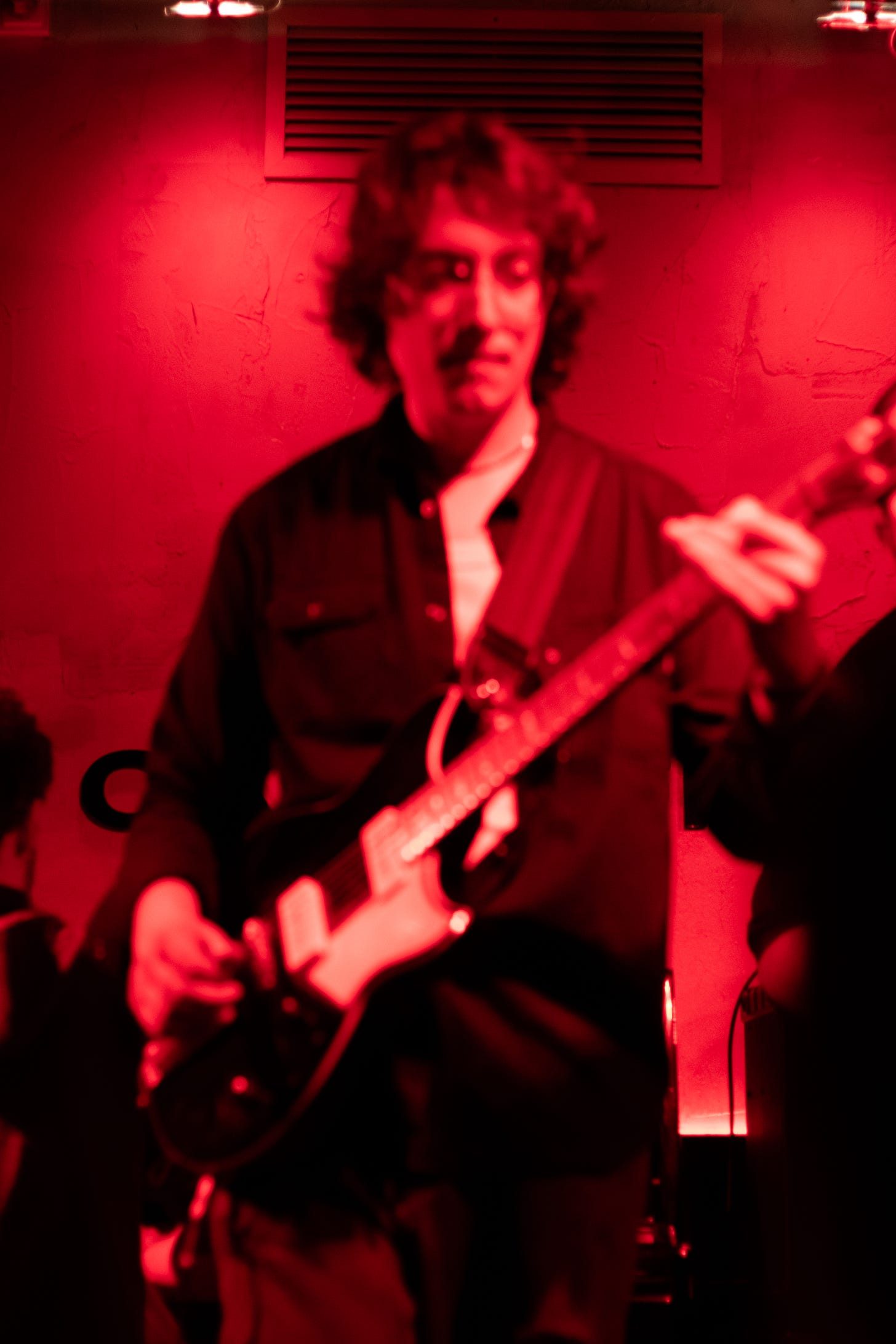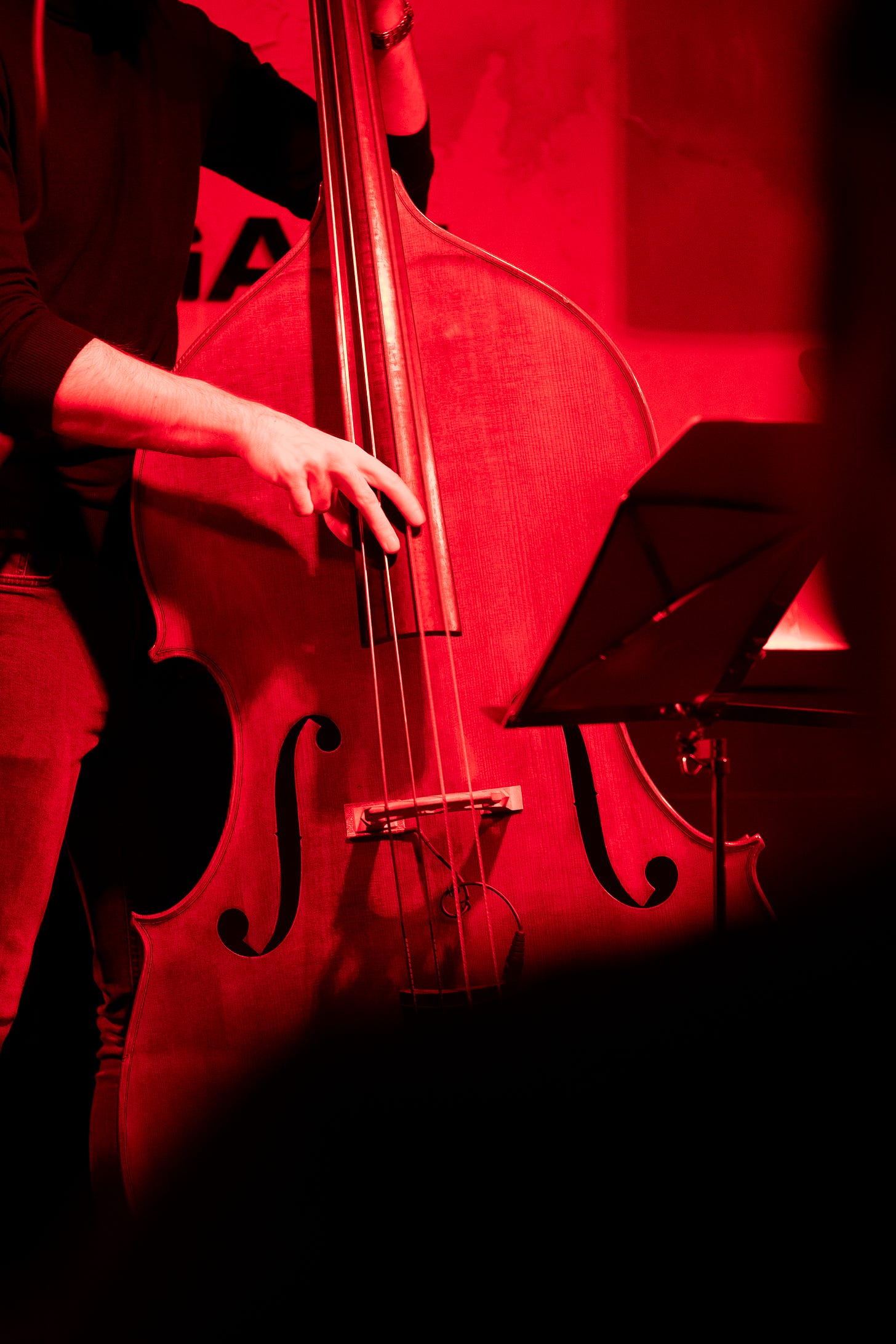Improve your photography: on differentiating practice from performance
Why photographers should learn from musicians and create periods of practice that are not meant to produce great results, but build skills
I wrote about how learning to play the guitar improved my photography before. Recently, I’ve had another cross-disciplinary epiphany: in my guitar learning process, there are clearly defined periods of practice that are distinct from play or performance sessions. In photography, that distinction is not as clear. Let me explain.
When I am learning something new on guitar, my practice sessions are structured in a way that aims to develop that skill. The objective is careful and slow repetition while the musical outcome is irrelevant. If you’ve been around anyone practicing an instrument, you know it’s not particularly pleasant to hear. Scales, I am often reminded by my guitar teacher, are not musical. “You would never hear this in a solo” he says. But they are a necessary stepping stone to playing more freely. Creating something musical takes hours of slow, deliberate practice beforehand.
In contrast, performing or “playing” is putting all the elements of practice together in an artful way. It’s meant to be expressive and joyful. The performance can be on stage or at home, it doesn’t matter, but the distinction is clear. I have moments of practice and I have moments of play. In moments of practice, you are not expected, nor do you expect yourself, to produce anything artistically meaningful.
That distinction is not so clear in the photography world in my experience. At every session, I expect to come out with good photos. There's this unspoken expectation that you're going to snap at least a few insta-worthy shots every time you pick up the camera.
Granted, photography does not demand the same level of muscle memory of playing an instrument. You don’t need to coordinate all your fingers so that they fall in the right place at the right time, but there are definitely skills to learn. There has to be some benefit to the deliberate practice of these skills.
In the music world, it’s obvious that you need those dedicated practice sessions where you're not trying to headline a concert in your living room. And so I thought I’d recreate a similar approach for photography: practice sessions aimed to improve a technique rather than produce good photos. Improving those skills should increase the probability that I am able to create something better when I am in performance mode.
Over the next weeks, I will explore different elements of visual language and practice them without any expectations for amazing results and report back the results here. I’ve identified the following elements that I think are worth building:
Frames
Reflections
Texture
Movement and intentional blur
Scale
Minimalism
Negative space
Shadows
You’ll notice, I am not including some of the technical basics of photography: exposure, focus, white balance… Of course, these are important, but I will ignore them for two reasons: partly because I know a lot about them already, and more importantly, because they can largely be outsourced to the camera itself. This is a controversial take in the photography world, with some history.

In the 1890s, George Eastman, the founder of Kodak came up with the slogan “You press the button, we do the rest”. The camera advertised was meant to appeal to amateur photographers and offer them a way to take photos without developing their film.

A telling reaction was later published in the Photographic Times. There was a fear among professional photographers at the time, who not only took photos but also developed them, that their craft would be invaded by amateur “button pressers”. In the book Power Button, Rachel Plotnick writes:
For some, both within the photography community and well beyond it, button-pushing behaviors represented the dangers of letting machines replace human ingenuity, skill, craftsmanship, and effort.
The same type of worry exists today among photographers who believe it’s a disgrace to take photos without using full manual mode.
I think it’s actually positive not to have to worry about the technicalities for the same reason I think the anti-button pressers were wrong: pressing a button doesn’t create the photograph. Outsourcing some of the technicalities allows you to focus more on visual language and storytelling.







Another great read! In my particular case, I think this learning process can turn out rather expensive so I just try to jump into challenges with confidence haha. I love and agree with the button presser argument, at the end of the day even if it "only" takes pressing the button to get the shot there are still going to be good and bad button pressers and that depends more on their eye than on anything else :)